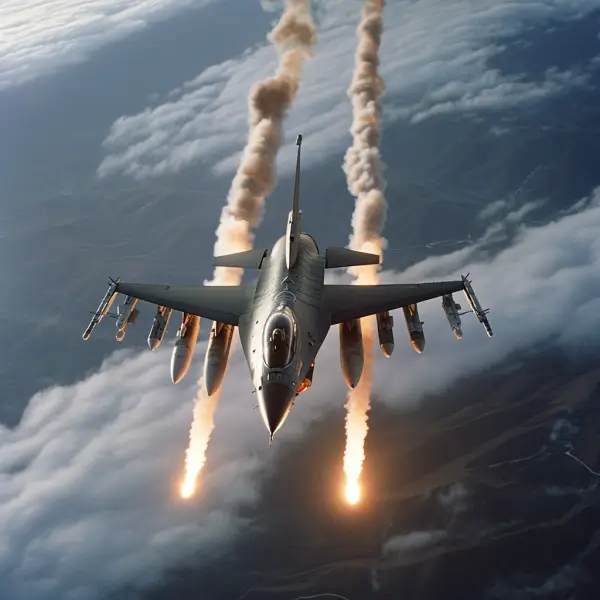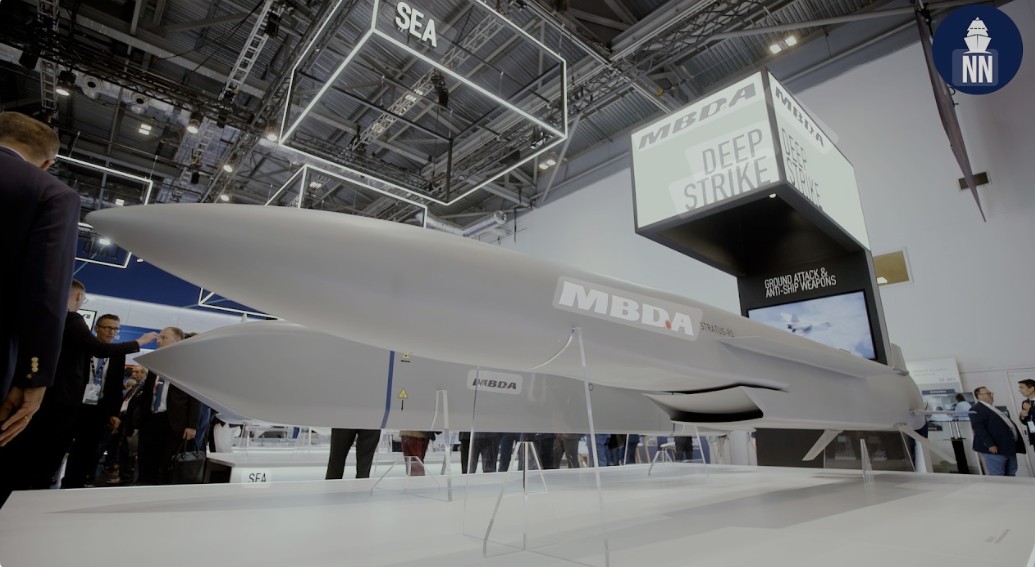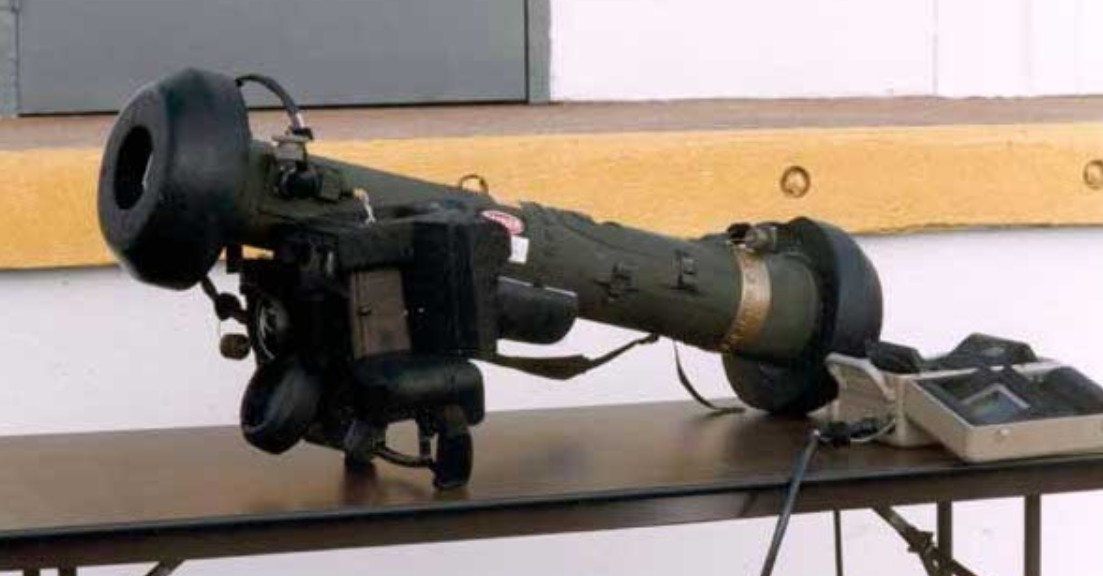In modern warfare, precision and strategic deployment of munitions play a crucial role in achieving mission success. Among the arsenal of advanced weaponry, glide bombs and cruise missiles stand out due to their accuracy and operational versatility. But what exactly sets these two apart? How do they differ in design, deployment, and impact? This article delves deep into the distinctions between glide bombs and cruise missiles.
Glide Bombs
Design and Functionality
Glide bombs, also known as guided bombs, are essentially unguided bombs equipped with fins and control surfaces, which allow them to glide towards their targets with precision. These bombs are released from an aircraft and glide to their target based on pre-programmed guidance.
- Guidance System: Glide bombs typically use GPS (Global Positioning System) or laser guidance to improve accuracy. This allows for greater precision in hitting stationary targets.
- Deployment: They are ideal for destroying fortified ground positions, enemy bunkers, and surface installations without the need for direct aircraft involvement.
- Advantages: Glide bombs are generally more cost-effective than cruise missiles and have a simpler deployment mechanism, making them suitable for a wide range of missions.
Popular Models
Some of the well-known glide bombs used by modern military forces include:
- JSOW (Joint Standoff Weapon)
- GBU-39 SDB (Small Diameter Bomb)
- Paveway series
Cruise Missiles
Design and Functionality
Cruise missiles are self-propelled guided missiles that maintain a constant speed and often fly at low altitudes to avoid radar detection. Unlike glide bombs, they have their own propulsion system and can cover extensive distances to reach their targets.
- Guidance System: Cruise missiles use a combination of GPS, INS (Inertial Navigation System), TERCOM (Terrain Contour Matching), and in some cases, active radar homing to navigate and target precisely.
- Deployment: Cruise missiles are launched from various platforms such as aircraft, ships, submarines, and even ground-based systems. They are designed to strike high-value or strategic targets with high precision.
- Advantages: The long-range capability of cruise missiles allows them to engage targets from great distances, reducing the risk to the launching platform. Additionally, their low-altitude flight profile makes them harder to detect and intercept.
Popular Models
Some of the prominent cruise missiles in use today include:
- Tomahawk
- AGM-158 JASSM (Joint Air-to-Surface Standoff Missile)
- Kalibr (Russian cruise missile)
- Storm Shadow/SCALP
Comparative Analysis
To better understand the differences and similarities between glide bombs and cruise missiles, let’s compare their specifications and operational aspects:
| Feature | Glide Bombs | Cruise Missiles |
|---|---|---|
| Propulsion | None (glide using fins) | Yes (self-propelled) |
| Range | Up to 100 km | Ranging from 500 to 2500 km |
| Deployment Platforms | Aircraft | Aircraft, ships, submarines, ground-based |
| Guidance Systems | GPS, laser | GPS, INS, TERCOM, radar |
| Cost | Relatively low | High |
| Deployment Scenarios | Tactical targets | Strategic targets |
Operational Scenarios
Both glide bombs and cruise missiles offer unique advantages in different operational scenarios:
- Glide Bombs: These are more suitable for tactical operations where precision against stationary targets is critical. They are particularly effective in environments where cost considerations and quick deployment are essential.
- Cruise Missiles: Ideal for strategic missions that require long-range engagements, cruise missiles are invaluable when aiming to strike high-value or heavily defended targets from a safe distance.
Technological Advancements
Advancements in technology continue to enhance the capabilities of both glide bombs and cruise missiles:
- Improved Guidance Systems: Integration of AI and machine learning into guidance systems ensures higher accuracy and better target recognition.
- Enhanced Stealth Features: Developments in materials and design contribute to reduced radar cross-section and improved stealth capabilities for cruise missiles.
- Extended Range: Technological innovations are pushing the boundaries of range for both types of munitions, allowing them to engage targets further away.
Economic and Strategic Considerations
When choosing between glide bombs and cruise missiles, military strategists must weigh various economic and strategic factors. Glide bombs offer cost-effective solutions for precision strikes, whereas cruise missiles are investments for strategic, high-stakes scenarios.
The decision often depends on the mission objectives, target characteristics, and available resources. Striking a balance between these factors allows for optimal utilization of the munitions in a combat theater.









